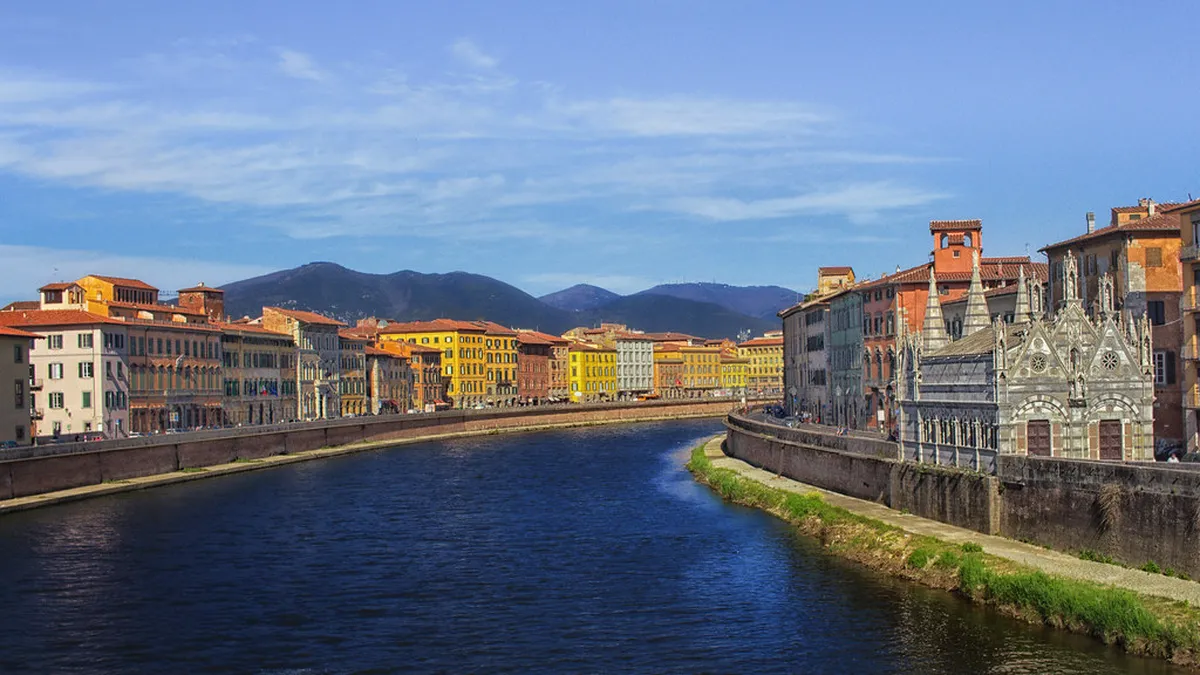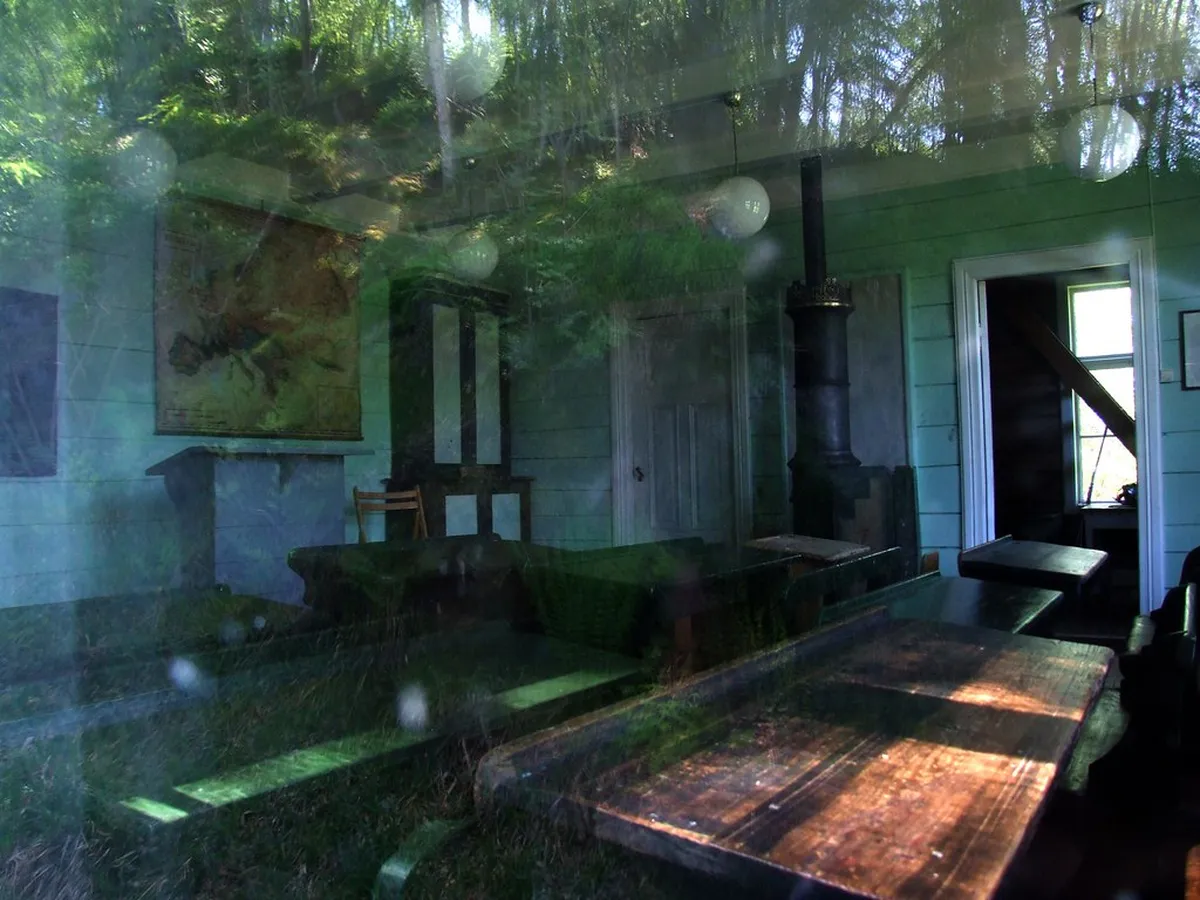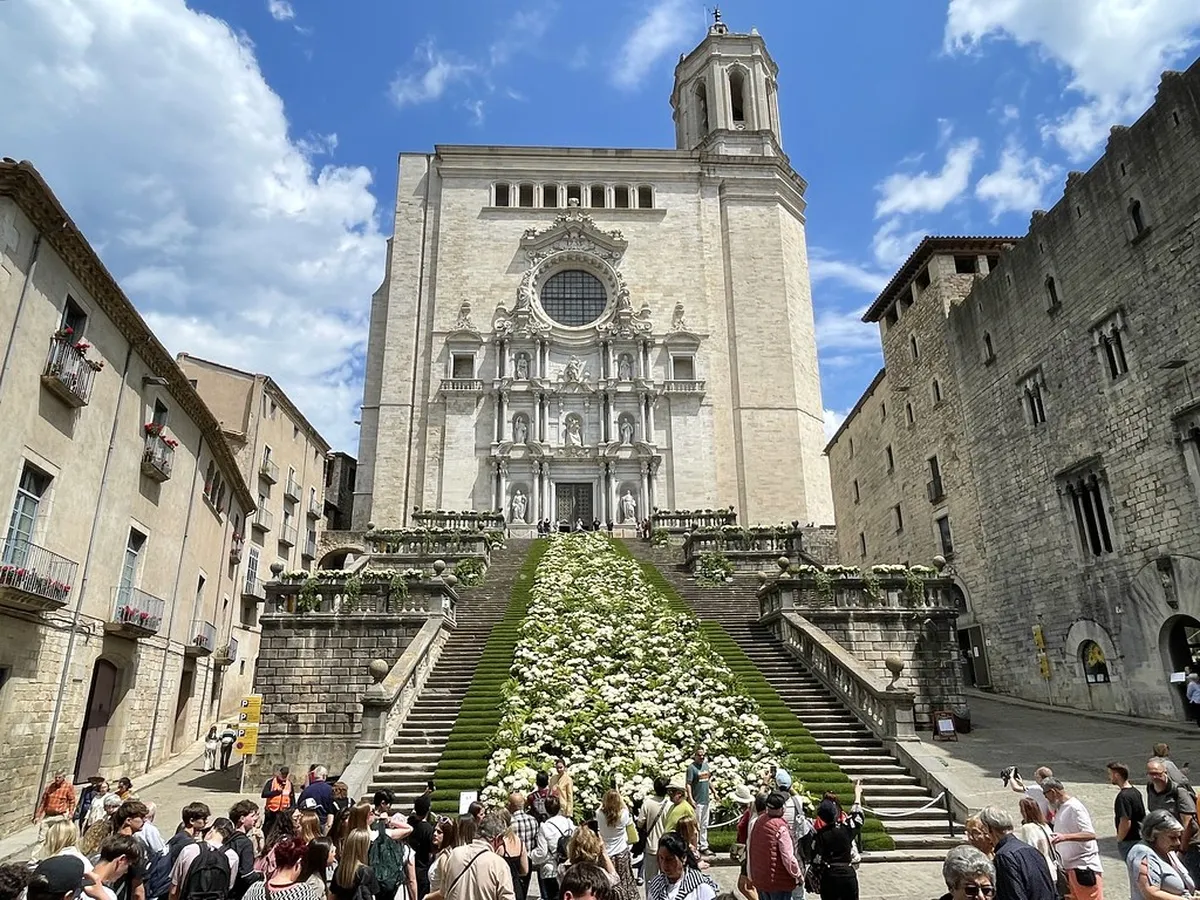Cultural Experiences in Jeju: Discovering the Island's Rich Heritage and Traditions
Jeju Island's distinctive cultural identity has been shaped by its isolated position off the Korean mainland, volcanic terrain, and unique historical circumstances. The island's traditions, language, and way of life differ significantly from mainland Korea, offering visitors a fascinating glimpse into a culture that has evolved in parallel yet distinct ways. This guide explores the most enriching cultural experiences in Jeju, from encountering the legendary haenyeo divers to exploring living history in traditional villages and participating in local festivals and customs. For a complete travel plan that incorporates these cultural highlights, check out our 5-day Jeju itinerary. Plan your journey with our Itinerary Maker.

The Haenyeo: Jeju's Remarkable Female Divers
Plan this trip faster with our free online itinerary maker. Get a personalized day-by-day plan in minutes.
The haenyeo (해녀), or "sea women," are perhaps the most iconic cultural symbol of Jeju Island. These remarkable women dive to depths of up to 10 meters without oxygen tanks to harvest seafood from the ocean floor, continuing a tradition that dates back hundreds of years. In 2016, the culture of Jeju haenyeo was inscribed on UNESCO's Intangible Cultural Heritage list, recognizing its global significance. To taste the fresh seafood harvested by these women, see our guide to Jeju's culinary delights. Map out your exploration with our Taormina itinerary.
History and Significance of the Haenyeo
The haenyeo tradition emerged from Jeju's harsh economic realities and evolved into a unique matrifocal element of island society: Plan your perfect trip with our León itinerary.
- Originally, diving was practiced by both men and women, but became predominantly female during historical periods when men were conscripted for labor or military service
- The tradition created an unusual economic role for women in traditional Korean society, as haenyeo often became the primary breadwinners for their families
- Diving knowledge and techniques were passed down through generations from mother to daughter
- Haenyeo work in close-knit collectives, sharing resources and supporting each other in the dangerous profession
- The honorific title "jomnyeo" is given to the most skilled and experienced divers
Experiencing Haenyeo Culture Today
While the number of practicing haenyeo has declined significantly—from over 20,000 in the 1960s to fewer than 4,000 today, with most over 60 years old—visitors can still experience this remarkable tradition: Coordinate your travel plans with our Plovdiv itinerary.
Haenyeo Performances and Demonstrations
- Seongsan Ilchulbong: Regular diving demonstrations (weather permitting) several times daily
- Haenyeo Museum: Located in Gujwa-eup, comprehensive exhibits about diving history and culture
- Jeju Folk Village: Occasional demonstrations and exhibits
Dining at Haenyeo Restaurants
- Small seafood restaurants called "Haenyeo의 집" (Haenyeo's House) are operated by diving collectives around the coast
- These establishments serve the freshest possible seafood harvested by the women themselves
- Specialties include raw abalone, sea urchin, and various shellfish dishes
- Best locations include Gujwa, Seongsan, and Jongdal areas
Visitor Tip: When attending haenyeo demonstrations, be respectful of these elderly women who are performing physically demanding work. Photography is typically allowed, but maintain a respectful distance and follow any guidelines provided.
Traditional Villages and Folk Culture
Several well-preserved villages across Jeju Island offer visitors a glimpse into traditional island life before modernization. These living museums showcase the unique architectural adaptations and lifestyle practices that developed in response to Jeju's environment.
Seongeup Folk Village
One of the best-preserved traditional villages on the island:
- Founded over 500 years ago and still inhabited by local residents
- Features traditional thatched-roof houses with distinctive black volcanic stone walls
- Showcases "pang", Jeju's unique traditional housing style adapted to the windy climate
- Contains historic administrative buildings, shrines, and granaries
- Designated as a Folk Cultural Heritage site
When planning your visit to these cultural sites, it's important to consider your accommodation location. For guidance on where to stay for optimal access to cultural attractions, see our guide to where to stay in Jeju.
Jeju's Unique Stone Culture
The volcanic nature of Jeju Island has fostered a distinctive "stone culture" that shapes many aspects of traditional life:
Dolhareubang (Stone Grandfather Statues)
- Iconic carved stone figures found throughout the island, dating primarily from the 17th-18th centuries
- Originally placed at village entrances and government buildings as protective guardians
- Characterized by their mushroom-shaped caps, broad noses, and enigmatic expressions
- Each statue is unique, with subtle variations in features and posture
- Traditionally believed to offer protection and fertility blessings
To explore more of Jeju's natural volcanic formations that influenced this stone culture, see our guide to exploring Jeju's natural beauty.
Museums and Cultural Centers
Deepen your understanding of Jeju's unique heritage through these dedicated cultural institutions:
Jeju National Museum
- Location: Ido-dong, Jeju City
- Focus: Comprehensive overview of Jeju's history, archaeology, and folk culture
- Highlights: Archaeological artifacts from prehistoric times to modern era, Tamna kingdom relics
- English Information: Good bilingual displays and audio guides available
- Admission: Free
For information on transportation options to reach these museums and cultural sites, check our transportation guide for Jeju.
Shamanism and Traditional Beliefs
Jeju Island has preserved many ancient spiritual practices that have faded on the mainland, particularly its strong shamanic traditions:
Jeju Shamanism (Muism)
- The island has a rich tradition of nature worship and ancestral reverence
- Jeju recognizes 18,000 gods and spirits, far more than mainland Korean shamanism
- Shamanic rituals (gut) are still performed for community blessings, good harvests, and safe fishing
- Female shamans (simbang) play a prominent role in Jeju's spiritual practices
- Many rituals incorporate singing, dancing, and elaborate costumes
Seasonal festivals often incorporate these traditional beliefs and practices. For information about festivals and events throughout the year, see our guide to seasonal highlights in Jeju.
Traditional Arts and Crafts
Jeju's isolation fostered distinctive artistic traditions that continue today:
Jeju Pottery
- Distinguished by the use of volcanic soil in clay mixtures
- Features minimal decoration and forms rooted in practicality
- Traditionally used for water storage and food preservation
- Modern artisans continue the tradition while introducing contemporary elements
- Visit workshops in Sangumburi area to see traditional techniques
If you're visiting with family, many craft workshops offer child-friendly experiences. For more family-oriented activities, see our guide to family-friendly activities in Jeju.
Cultural Festivals and Events
Experience living traditions through Jeju's vibrant festival calendar:
Major Cultural Festivals
| Festival | Timing | Location | Cultural Significance |
|---|---|---|---|
| Jeongwol Daeboreum Fire Festival | First full moon of Lunar New Year (Feb) | Saebyeol Oreum area | Agricultural purification rituals, community unity |
| Jeju Chilmeoridang Yeongdeunggut | Second lunar month | Geonip-dong | UNESCO-recognized shamanic ritual for seafaring safety |
| Jeju Folk Arts Festival | May | Various locations | Preservation of traditional music, dance and crafts |
| Jeju Haenyeo Festival | September | Hado-ri, Gujwa-eup | Celebrating haenyeo culture and heritage |
For visitors seeking experiences beyond the typical tourist attractions, these festivals offer authentic cultural immersion. See our guide to hidden gems of Jeju for more unique experiences.
Practical Tips for Cultural Exploration
Make the most of your cultural experiences on Jeju Island with these recommendations:
Respectful Cultural Tourism
- Ask permission before photographing individuals, especially haenyeo and in religious settings
- Remove shoes when entering traditional houses and temples
- Dress modestly when visiting religious sites and traditional villages
- Avoid touching or moving ritual objects at shrines and sacred sites
- Learn a few basic Korean phrases to show respect for local culture
For more comprehensive advice on traveling respectfully in Jeju, check our essential Jeju travel tips.
Frequently Asked Questions
A: Haenyeo typically dive early in the morning, between 8:30-11:30 AM, weather permitting. The best locations are Seongsan, Hado-ri, and Gujwa-eup. Call the Haenyeo Museum (064-782-9898) for current diving schedules.
A: Major museums and cultural attractions typically offer English information, though the quality varies. Smaller sites may have limited or no English guidance. Consider hiring a guide or using translation apps.
A: Yes, several locations offer hands-on experiences in traditional crafts like pottery and natural dyeing. The Jeju Traditional Folk Village and Seongeup Folk Village offer regular workshops. Reservations are recommended.
A: Jeju's isolation created distinct traditions including the haenyeo diving culture, unique dialect, matrifocal tendencies, distinctive shamanic practices with thousands of gods, and architectural adaptations to volcanic terrain and harsh winds.
Jeju Island offers a cultural tapestry unlike anywhere else in Korea, where ancient traditions have evolved in isolation to create a unique heritage. From the extraordinary haenyeo who defy gender expectations and age limitations to continue their centuries-old diving practice, to the distinctive stone architecture that speaks to the island's volcanic character, Jeju culture rewards curious and respectful visitors with authentic insights into a remarkable way of life. Whether you're watching traditional performances, participating in craft workshops, or simply walking through historic villages, the cultural experiences available on Jeju provide a deeper understanding of this special island beyond its natural beauty. By engaging with these living traditions, visitors contribute to their preservation and appreciation for generations to come.



